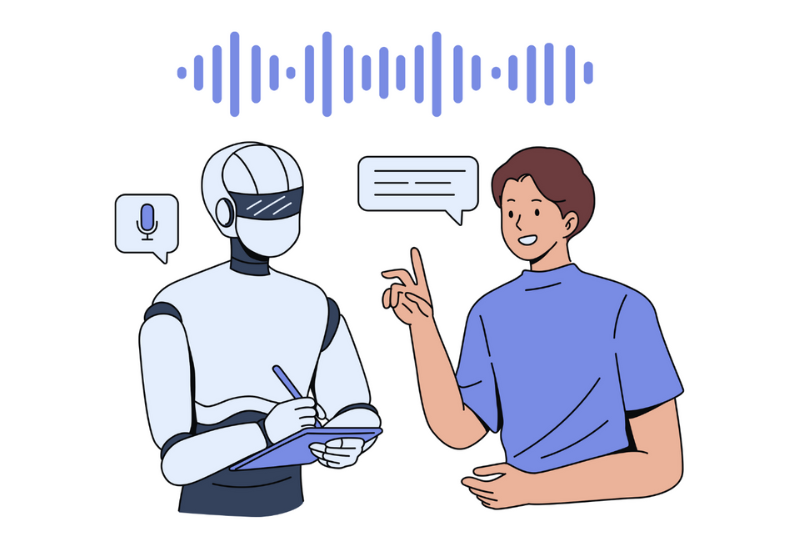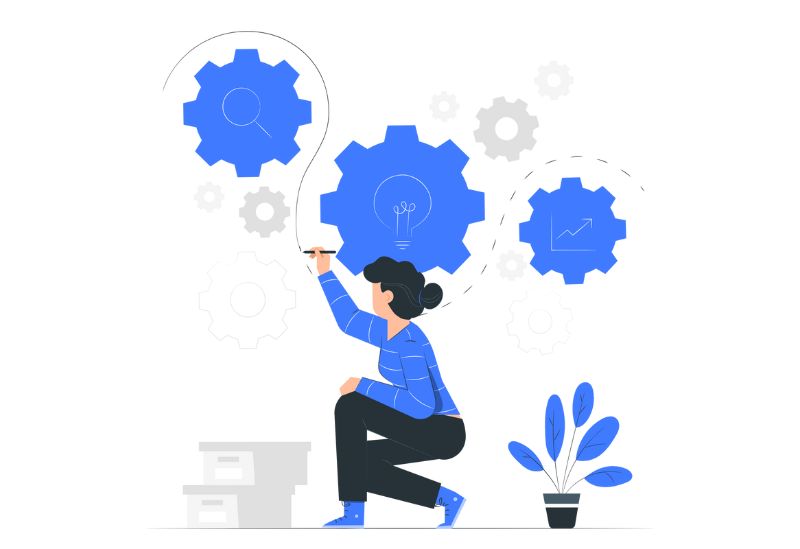Most teams adding AI to qualitative work worry specifically about three critical areas of failure: undefined roles, false confidence, untraceable claims.
We don’t see them as purely model problems; they’re in fact operating-model problems.
Clearly defining the “Human in the loop” within the Qualitative process when adding AI fixes this by making the division of labour explicit.
AI handles memory and patterning; researchers handle empathy, ethics, and judgment. This article sets those boundaries, shows where AI reliably helps (coverage, retrieval, multimodal stitching), where it doesn’t (rapport, interpretation, ethics), and lays out a small set of non-negotiables to ensure that the role of AI in qualitative research becomes truly impactful.
Let’s start with a sober premise: data is memory, and memory lies
Qual data is never raw truth. It’s someone’s recollection, shaped by who asked, how they asked, and what they were willing to say. Accents, code-switching, politeness norms, group dynamics are all mediums of meaning which make qual data unique.
Treating transcripts as clean, context-free data means any model will give you confident answers to the wrong questions. The practical stance is simple: let’s handle qual as biased memory that needs context, corroboration, and restraint.
AI should help us organise and interrogate that memory but not overwrite it.
Empathy is a human role.
Empathy in qualitative research shows up in three ways. Cognitive empathy understands the story; emotional empathy helps us understand the reason and intensity of the story; compassionate empathy turns that understanding into insightful action. AI does none of these.
What it does brilliantly is pattern prediction. It hears the uptalk, tracks the pause, matches the phrase, and links this moment to hundreds like it which we might notice in real time but not remember. That makes AI invaluable in qual, a field that has always been sample-starved. It does not make AI the judge of what matters.
So the division of labour is clear: AI supplies scale, recall, and structure. Humans supply context, ethics, and judgment.
What AI genuinely adds
AI brings in three clear capabilities that expand what we can do in qualitative research when used well.
- Pattern recognition at non-human scale. From a dozen interviews to a thousand, AI can keep track of co-occurring themes and contradictions without fatigue.
- Multimodal synthesis. Text, voice, and video cues can be aligned into a single view that a human could never juggle simultaneously.
- Instant evidence retrieval. When someone asks “Where did this come from?”, the exact verbatim and timestamp are a click away.
Where the loop earns its keep
Left to itself, a system will mistake courtesy for satisfaction, flatten outliers into averages, and polish noisy audio into quotes no one actually said. It will also offer tidy summaries that teams accept too quickly because tidy feels true. The loop prevents that.
Design. Before fieldwork, decide what counts. In your category, what does hesitation sound like? What does a workaround look like in language? Keep a small, neutral probe set tied to your must-hit topics. Write consent in plain language that explains where the model sits and what participants can opt out of. This is how you keep the machine from optimising for the centre of the bell curve.
Fieldwork. Let the system ride shotgun but don’t let it drive autonomously. It should track coverage, surface contradictions, and suggest follow-ups. It shouldn’t speak for you. The human decides when to linger, when to move, and when the silence is saying more than the words. That’s how “fine” becomes “I got locked out and felt stupid” the kind of detail that changes product decisions.
Analysis. The rule is “receipts or it doesn’t ship.” Every claim traces back to timestamped evidence, and the biggest claims face a deliberate counter-read: look for moments that challenge the story you want to tell. If a theme survives its counter-examples, it’s sturdier. If it doesn’t, you just saved a stakeholder from a compelling mistake.
Synthesis. Good qual lands on a decision, not a flourish. Frame insights along a tight arc: trigger, friction, workaround, cost and state what you’ll change next sprint (or why you won’t). Mark what generalises and what is context-bound.
Build Ethics into the DNA
Qual is intimate. If a model is in the room taking notes, suggesting probes, clustering themes then the participants deserve to know. De-identify by default. Keep an audit trail of who saw what and which model version touched the data.
In high-stakes topics, restrict the model to note-taking and retrieval; let humans handle live probing. The point of the loop should not only be better insight but also a more honest process.
How to tell if your loop works
We need to set a few standards right at the beginning.
- Traceability. Every important claim links to evidence you can replay.
- Coverage with depth. Must hit topics are deeply explored
- Contradictions faced. Gaps were found and resolved, not averaged out
- Impact. Findings altered or de-risked a decision. If they didn’t, ask whether the story was strong enough or true enough.
When speed rises and these measures don’t, we haven’t earned the automation. And the risk increases.
A pragmatic way to begin
We never ask someone to rebuild their practice. The best way to begin is to pick one study. Manually define the few signals you care about, and require evidence for every claim when you review the data. You’ll know quickly whether your approach is working.




